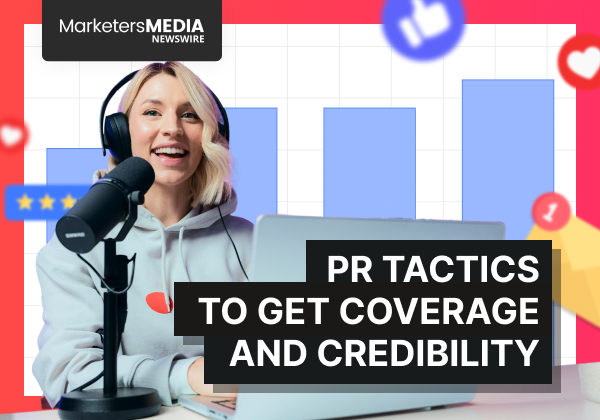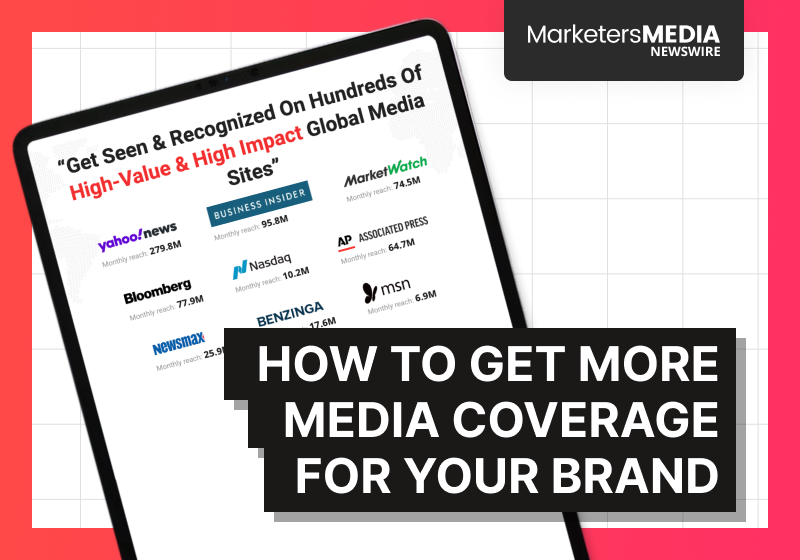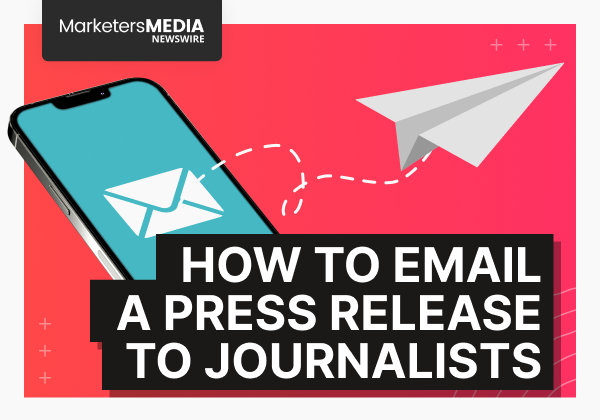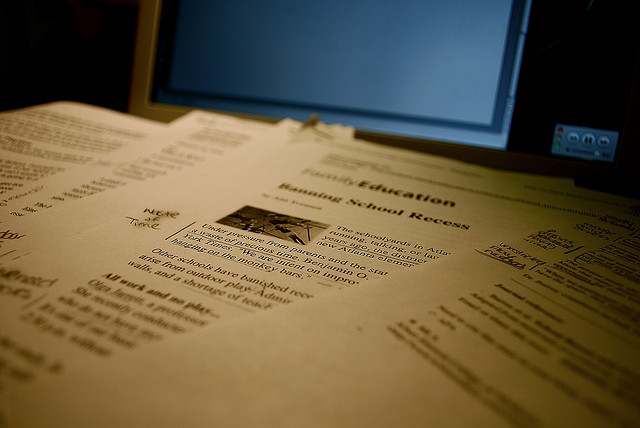Getting your story covered by major news outlets isn't just about sending out press releases and hoping for the best.
It's a strategic process that requires an understanding of what journalists want, crafting compelling narratives, and building authentic relationships with media professionals.
Whether you're launching a product, announcing a milestone, or positioning yourself as an industry expert, this guide will show you exactly how to turn your news into media coverage.
Why Pitch A Story to the Media?

Media coverage offers unique advantages that traditional advertising can't, primarily due to its inherent third-party validation. This translates into several key benefits:
- Credibility: When a journalist writes about your company, product, or expertise, readers view it as an endorsement rather than a self-promotion. This translates into trust, brand awareness, and often, measurable business results.
- Reach: A single article in a major publication can amplify your story to thousands or millions of readers that would've been difficult to reach through paid advertising.
- SEO: Articles about your company generates valuable backlinks and online mentions that boost your search engine ranking in the long-run.
What Makes a Story Newsworthy?
Journalists filter hundreds of stories every day. What makes one stand out? The answer lies in a set of core news values that editors and reporters use to determine what’s worth covering.
Emotional or Human-Driven Values
- Human Interests: Stories that evoke strong emotions or establish personal connections are highly valued.
- Conflict and Controversy: Disagreements, disputes, or instances of violence naturally draw attention by highlighting underlying problems.
- Prominence: Events involving well-known individuals, organizations, or locations naturally attracts significant public interest.
Structural or Situational Values
- Timeliness: Journalists prioritize immediate, current information and recently occurred events.
- Proximity: People are more engaged by events that directly affect them or occur within their immediate vicinity. Local stories carry significant weight because of their direct community impact.
- Relevance: Impactful narratives clearly demonstrate their value and intended effect on specific audiences. Without clear impact demonstration, journalists and readers are less likely to perceive the story's value.
- Novelty: A unique, unexpected, or unusual events are inherently more newsworthy than common occurrences. For example, local bakery creating a 10-foot-tall cake in the shape of a popular local mascot or an annual festival.
Identifying Your Angle
For a story to achieve newsworthiness, it must integrate into a larger discourse that clarifies its importance. Ask yourself: "Why should a reporter's audience care about this announcement?"
Framing your announcements within a broader context (i.e. industry trends, economic impacts, systemic issues... etc) transforms them into compelling narratives that resonate with media, audiences, and industries.
Don't have a story yet? Browse these ideas to get started.
Common Use Cases for Media Outreach
Product Launches
Example:
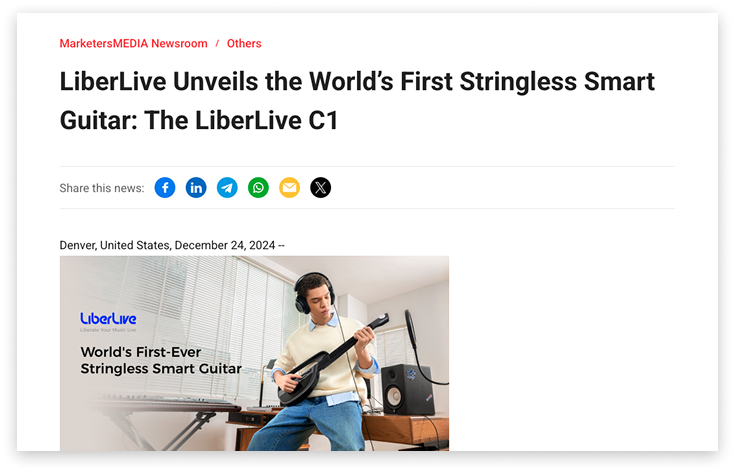
These announcements generate excitement and awareness by highlighting key features and customer benefits. Successful product launches position the new offering as a solution to existing market problems.
Company Milestones
Example:
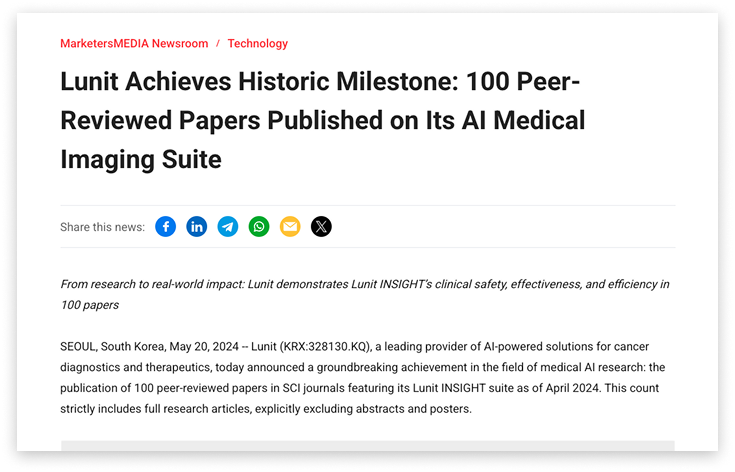
Significant achievements provide excellent opportunities for media coverage, such as:
- Anniversary celebrations
- Major sales targets
- Business expansions into new regions
- Mergers and acquisitions
- Industry awards or recognitions
- Executive appointments
- Major project completions
Crisis Management
Example:
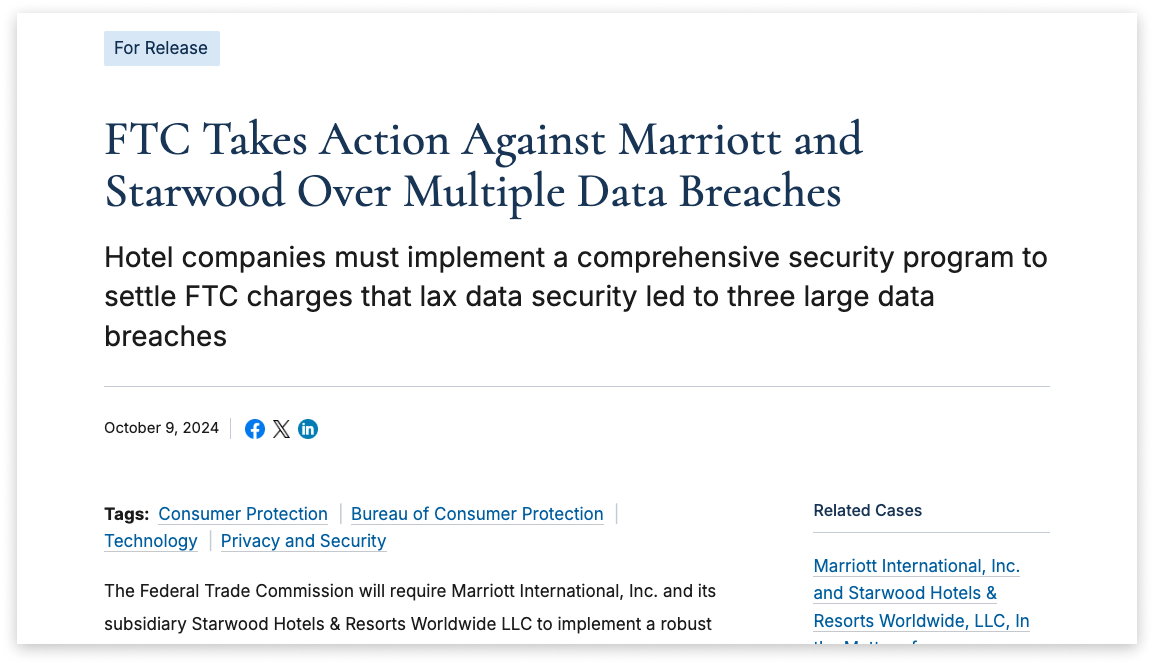
Effective crisis communication protects reputation and maintains trust through rapid, transparent messaging.
Thought Leadership
Example:
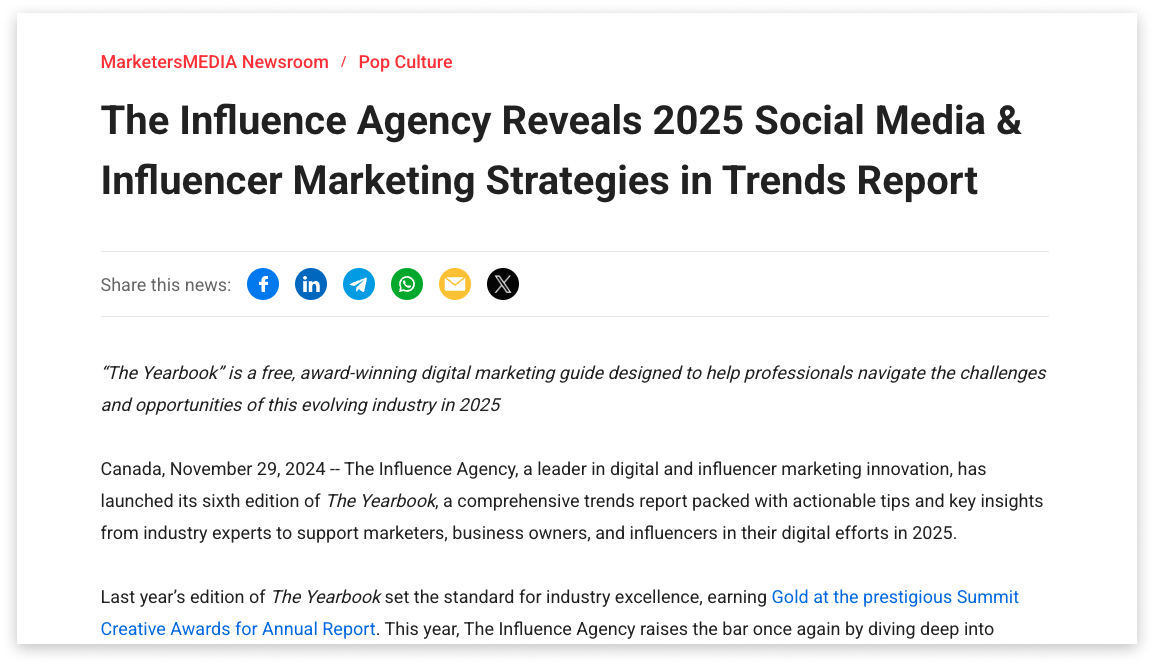
Positioning individuals or organizations as industry experts generates ongoing media attention. This involves offering unique perspectives on trends, sharing personal stories, or leveraging proprietary survey data.
New Partnerships
Example:
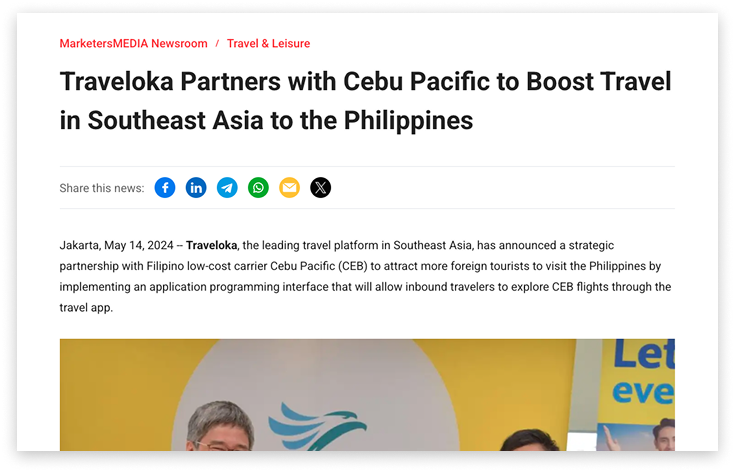
Strategic partnership announcements emphasize collaborative efforts and expected benefits. Joint press releases between companies detail specific business units involved and include client quotes to underscore anticipated benefits.
The Key Components
Press Releases
A press release serves as a formal document demonstrating newsworthiness to editors and reporters. Its standardized structure facilitates quick comprehension by busy journalists.
🎯 Need a quick recap? Here’s a refresher on what defines a press release.
Media Pitches
A media pitch is a targeted message to journalists, typically via email, aimed at persuading them to cover your story. Unlike press releases, pitches are more personalized and concise. 67% of journalists preferring pitches under 200 words.
🎯 Not sure how to email your release? Here’s a quick refresher.
In short: Use a press release when you’re broadcasting a formal announcement to many; use a pitch when you want targeted, personal engagement with one journalist.
Best Practices for Getting News Coverage
Securing press coverage isn’t just about sending emails, it’s about knowing who to pitch, how to frame your story, and when to reach out. Here’s how to get it right from start to finish:
Preparation and Targeting
Research the Right Journalists: Most journalists specialize in specific beats (i.e. healthcare, local government, niche industries or topics... etc). Targeting the wrong person may even get a great story ignored. Identify their previous work, writing style, and audience before pitching.
Personalize Every Pitch: Journalists receive overwhelming volumes of pitches daily and immediately recognize generic messages.
Ways to customize pitch:
- Addressing the reporter by name
- Referencing a recent article they wrote
- Explaining why the story aligns with their beat and audience
Timing Your Outreach
Time of Day: Most journalists prefer receiving pitches between 5 a.m. and 12 p.m., before they begin working on daily stories and well before afternoon deadlines. Mid-morning often yields favorable results.
Day of Week: Avoid Friday afternoons, weekends, and Mondays. Mondays see journalists' inboxes flooded with weekend emails. Tuesdays through Thursdays are typically most receptive for pitching.
Seasonal Considerations: Be aware of major holidays or significant industry events that may monopolize media coverage. Unless your story directly relates to such events, defer pitching until afterward.
Crafting The Right Message
Focus on impact, Not Features: Journalists seek narratives that matter to their audiences, not product promotion. Incorporate data, expert quotes, or unique insights, and tie stories to trending topics or news hooks.
Use Visual Storytelling: Pitches with multimedia attachments are opened 72% more frequently than text-only messages.
What to include:
- High-resolution photos
- Infographics or charts
- Video links for demonstrations or interviews
- Data visualizations making numbers appealing
Keep it Conversational: Maintain an engaging tone that generates excitement. Begin with problems being solved, followed by proposed solutions, to foster engaging interactions.
Follow-Up and Building Media Relationships
Follow Up with Purpose: Wait 3-5 days after initial pitches before following up. Avoid more than two follow-ups, as it may be seen as spammy.
Don't just "check in." Instead:
- Offer fresh insights, updated statistics, new examples, or recent developments
- Consider a sample closing line (e.g., “Just checking if this aligns with any stories you're currently working on”)
- Continue to nurture relationships by tracking social media activity and recent articles
Build Long-Term Media Relationships: Media relations is about cultivating enduring connections. Journalists prefer collaborating with PR specialists who consistently provide genuine value.
Best practices include:
- Be responsive when journalists reach out, even if it’s not about your current campaign
- Proactively send useful insights
- Acknowledging published work and thanking them
- Respecting deadlines and delivering on promises
Where Your Story Gets Published
Different media types serve distinct audiences and possess unique characteristics:
Traditional Media (Print & Broadcast)
- Print media excels in in-depth analysis and detailed storytelling
- Broadcast media provides real-time reporting and broad audience reach
- Both maintain rigorous editorial processes and higher perceived credibility
Digital Media
- Online platforms offer constantly updated coverage and multimedia integration
- Social media enables rapid sharing and direct interaction
- Digital media provides immediate access but faces challenges with misinformation
Press Release Distribution Services
For broader reach beyond individual journalist outreach, press release distribution services can amplify your message across multiple outlets simultaneously.
Services like MarketersMEDIA Newswire distribute to 570+ media outlets across 160+ countries, offering guaranteed pickup and extensive global exposure that individual pitching alone cannot achieve.
Your Next Steps for Media Success
Success starts with recognizing what makes stories newsworthy, crafting compelling messages through structured press releases or personalized pitches, and building genuine relationships with journalists based on trust and mutual value.
Media relations is an ongoing process of learning, adaptation, and meaningful connection cultivation that, when done correctly, can effectively amplify your message and ensure your stories resonate with the audiences that matter most.
Free Press Release Template
Tell us where to send your PDF:




